This year just started promises many historical moments in space exploration. Space agencies in many countries have bold missions on schedule, and private companies are not kidding when it comes to venturing into space – including space tourism.
Here we list the main space missions that will take place in 2020, a year that will be very important for science.
SpaceX and Boeing taking US astronauts to ISS
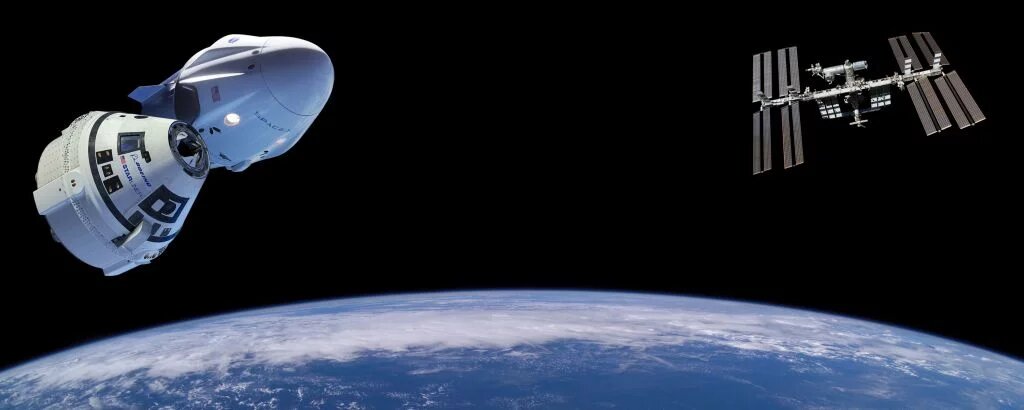
With nearly three years late, finally it seems that the Commercial Crew Program is moving to materialize. SpaceX and its Crew Dragon spacecraft, as well as Boeing and its Starliner spacecraft, are the two private companies chosen and funded by NASA to start bringing US astronauts to the International Space Station (ISS) – since 2011, this transportation has been done by the Russians. after the end of the US space shuttle program.
In March 2019, SpaceX already made an unmanned flight with Crew Dragon to the ISS, and everything worked out. However, after that the ship exploded during testing, and this caused another delay in the schedule – the company was supposed to have made at least one manned flight still in testing, which could not happen because of the incident. Boeing made its first unmanned flight with Starliner in December, but an anomaly during the flight prevented the ship from reaching the ISS, returning to Earth earlier. Still, the company and NASA ensure that the flight served to test several of the planned requirements, and the next step is to test with a manned flight.
So it seems that “now goes”, although the new dates for these releases have not been announced yet. But both companies are working hard to make that happen as early as the first quarter of 2020. Either way, NASA needs both ships to be ready to send astronauts to the ISS by 2020, as it is this year that the contract with the NASA is terminated Russians – and no one wants the US to be without its own crew on the orbital station who knows how long.
Orbiter Solar Probe to the Sun in February
The result of a partnership between ESA (the European Space Agency) and NASA, the Solar Orbiter spacecraft will be launched on February 5 to study the Sun closely, just as Parker Solar Probe of the US Space Agency has been doing. The mission should last at least seven years.
India is also eyeing the star of the Solar System. Its state space agency (ISRO) intends to launch in mid-2020 the mission Aditya 1, which will position a probe at Lagrange Point L1 (where the action of gravitational forces causes the object to be in a fixed relative position). This point, by the way, is the most conducive to solar observation, since from there the star’s vision is uninterrupted.
Four releases to the Red Planet in July
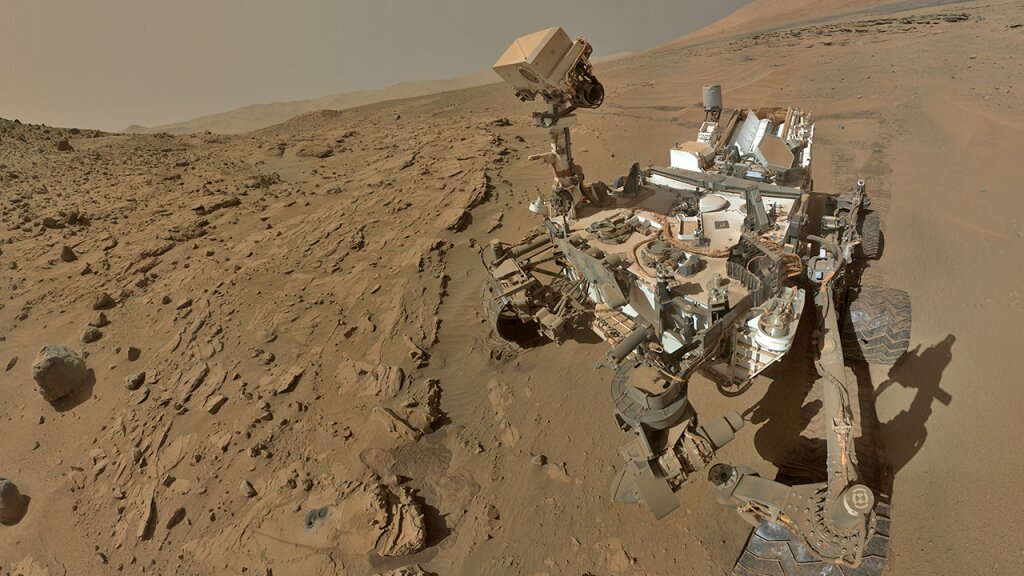
Rover Curiosity on Mars (Photo: NASA)
July 2020 is the month when Mars will be at a strategic point in its orbit around the sun, closest to Earth. For this reason, this month will be ideal for launches to the Red Planet – and the United States, Europe, Russia, the United Arab Emirates and China will probably make the most of the opportunity.
The US will launch the Mars 2020 mission, which will take a rover to the Martian surface with the main mission of searching for biosignatures – that is, signs of Martian life in the very distant past. Already the European space agency (ESA), in partnership with Roscosmos of Russia, will launch the ExoMars mission with the Rosalind Franklin rover, also with the aim of exploring ancient habitable places.
In turn, the United Arab Emirates will launch its first Martian mission in the same month, called Hope Mars, launching on Japanese territory and sending an orbital probe to study the atmospheric chemistry of the planet. As for China, the Asian country has even said that it would send a small vehicle to Mars, but it is not yet confirmed that this will happen even in 2020 – even if the initial plans are such.
SpaceX: Starlink and Starship
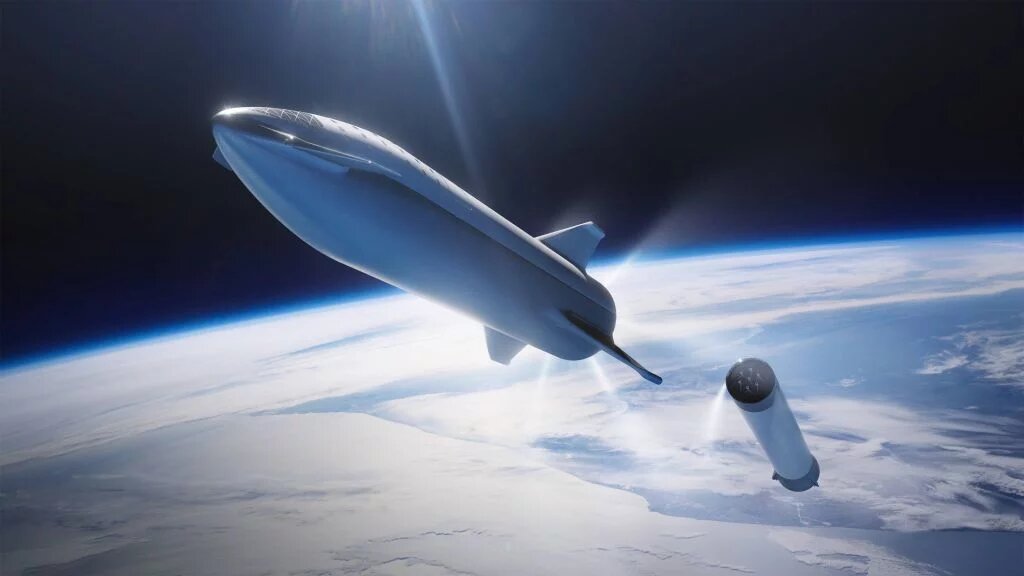
Elon Musk’s space company has had a troubled 2019, dealing with setbacks and making some important advances as well, and everything is heading towards an even more hectic 2020. His Starlink project, for example, has already launched 120 satellites into Earth’s orbit, toward the total constellation that can reach up to 42,000 units. The company’s idea is to make launches with 60 units each, so this year will be full of flights towards this goal.
But first, the company needs to resolve the issue of satellite reflexivity, as the 120 units already launched are already disrupting as
tronomical observations made from terrestrial telescopes – and this is an urgent issue to be resolved before the project continues. SpaceX has even said it would test a dark coating on the satellites for the next release to reduce its reflectivity, but it is not yet certain that this will be a definitive solution.
As for Starship, the powerful new rocket in development, 2020 promises yet another battalion of tests and “jumps” with prototypes that have been improved with each test, between a few leaps and bounds. This rocket, in its final version, could take up to 100 people on trips to the moon or Mars, and is essential for the company’s future. Elon Musk expects the Starship to actually start flying in early testing later this year, attempting a first orbital flight in the second quarter of 2021.
Other satellite constellations

In addition to the Starlink project mentioned above, other companies besides SpaceX are having similar projects, all aimed at providing high-speed satellite internet anywhere in the world. One is OneWeb, which is due to launch monthly releases now in January after launching six test units, hoping to form the constellation of more than 600 functional satellites by the end of the year.
Amazon also has similar plans, with the Kuiper project, which has no set date yet, but 2020 is a key year for development to begin.
Chinese mission bringing samples of the moon to earth
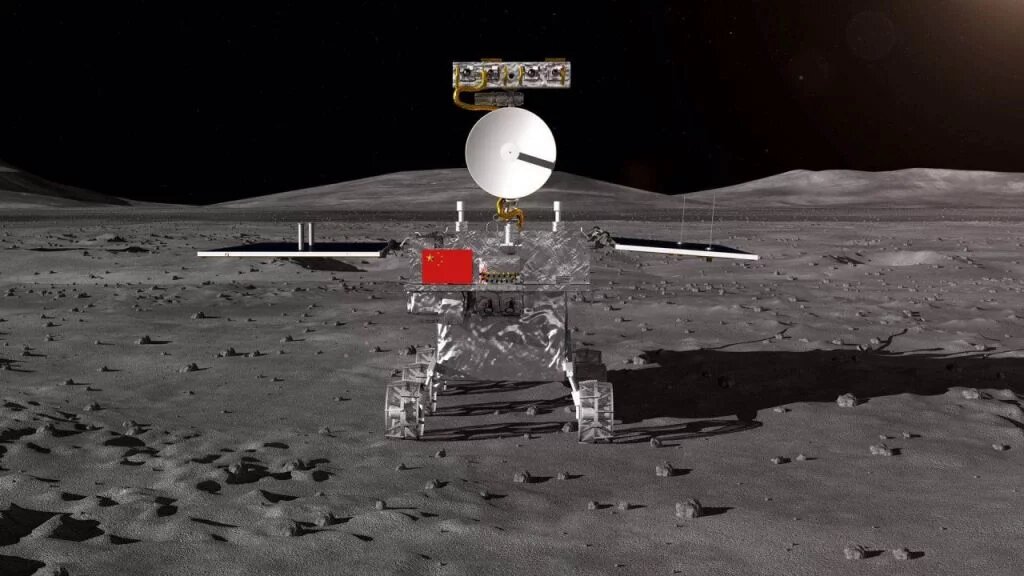
China’s Chang’e lunar mission program is going strong and strong in 2020, with Chang’e 4 continuing to explore the far side of the moon – one we can never see from here on Earth. Sometime towards the end of 2020, China plans to launch Chang’e 5 with the goal of taking about 1.5kg of moon soil and rock samples and bringing them for analysis here on Earth. If all goes well, this will be the first mission to bring in moon samples since Apollo 17 in 1972.
Space tourism with Blue Origin
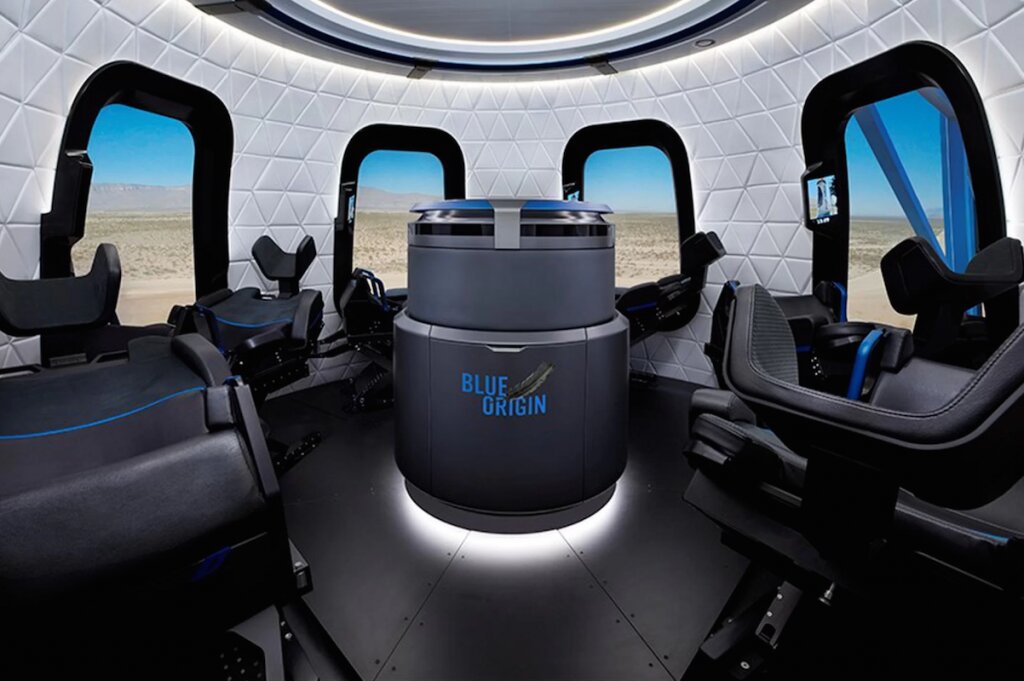
Blue Origin’s ( Jeff Bezos ) New Shepard spacecraft has already passed dozens of tests and performed three test flights, all successfully, towards the start of its activities involving space tourism orbiting the Earth.
The idea of the company is to inaugurate this venture already in 2020, since it could not happen in 2019 as planned. It will take at least two more flights for the final tests before the first space tourists can make this fantastic tour – up to six people will travel together on each trip around the planet, where they will have the opportunity to experience the sensation of “zero gravity” for a few minutes.
Space tourism with Virgin Galactic
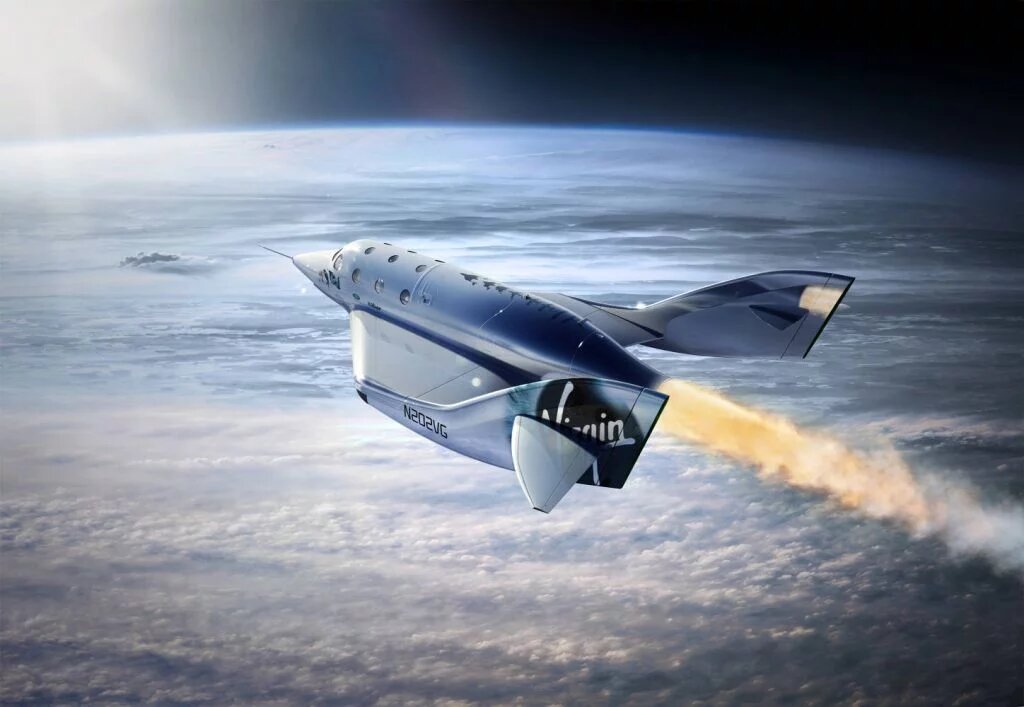
Another private company that has been betting heavily on space tourism around the earth is Virgin Galactic. Last year, flights with the SpaceShipTwo version of the VSS Unity spacecraft were made with test crew on board, and everything worked out. The idea is to start taking tourists into orbit also by 2020 – probably around mid-year. Each ticket costs $250,000 and the ship accommodates up to eight people (two pilots and six passengers).
NASA’s Artemis 1, Paving the Return to the Moon
The NASA will take new astronauts ( and first female ) back to the moon’s surface in 2024, with the Artemis program. But for this to be possible, there must be previous testing missions – and the first of these is Artemis 1, which can be launched between Nove
mber 2020 and early 2021.
A first version of the less powerful Space Launch System (SLS) rocket will be tested with this first mission of the Artemis program, sending the Orion spacecraft around the moon where it will spend three weeks being tested hard. After that, Artemis 2 will be manned, but without landing on the lunar surface, and will take place between 2022 and 2023, while Artemis 3, which will mark the return of astronauts to the moon’s ground, will go down in history in 2024.
JAXA and NASA taking asteroid samples
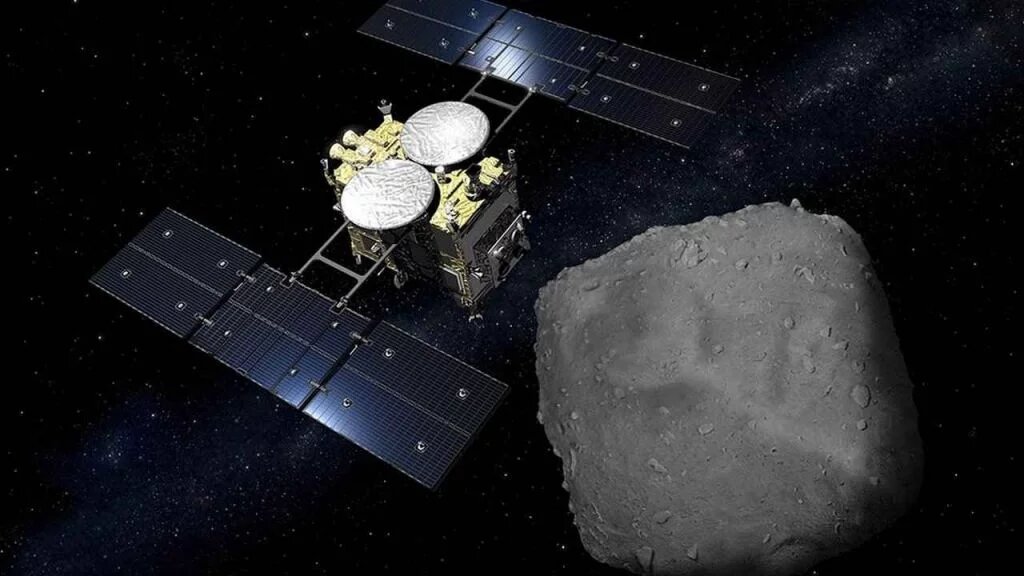
Hayabusa2 concept next to Ryugu asteroid (Image: JAXA)
The Japanese space agency (JAXA) launched the Hayabusa2 mission in 2014 toward the Ryugu asteroid, and the spacecraft has already fired a projectile at the object to release materials below its surface to collect even more special samples. The spacecraft is nearing the end of its mission as it will return to Earth, bringing what it has harvested from the asteroid in December this year.
NASA already has the OSIRIS-REx mission on asteroid Bennu. The launch took place in 2016 and the ship reached its destination in 2018. The idea now is for the spacecraft to begin collecting surface samples from the object in July or August 2020, beginning its return to Earth in 2021 and arriving Thursday. September 2023.
Source: Space.com, MIT, Sky and Telescope, Inverse
